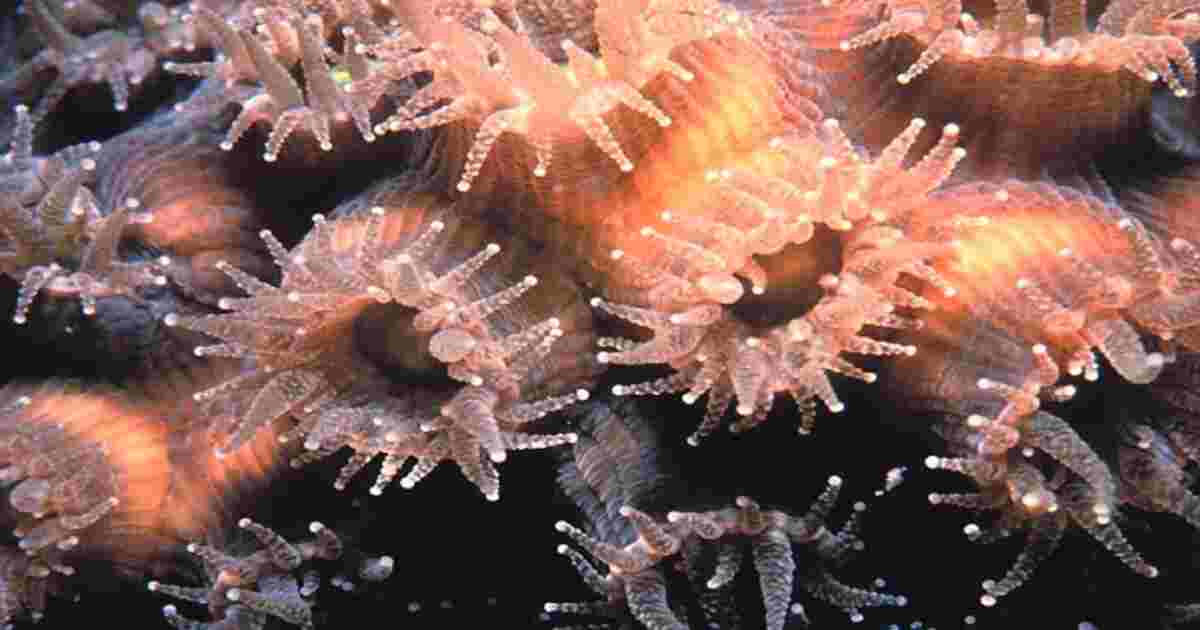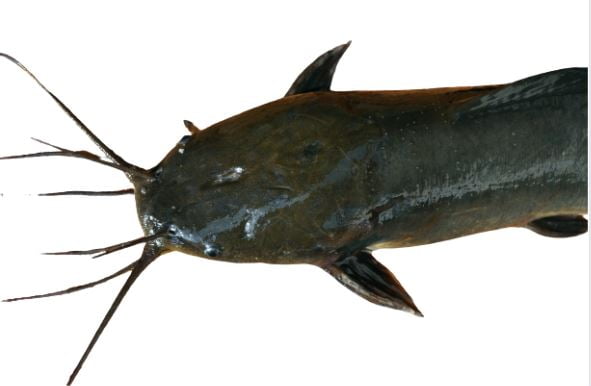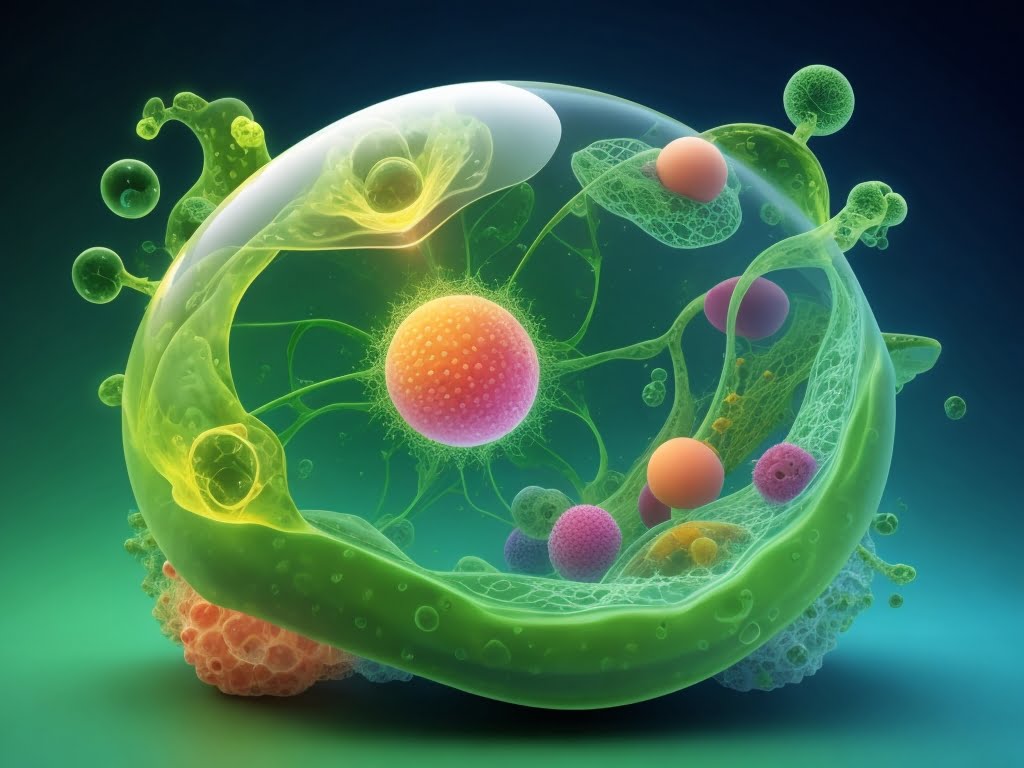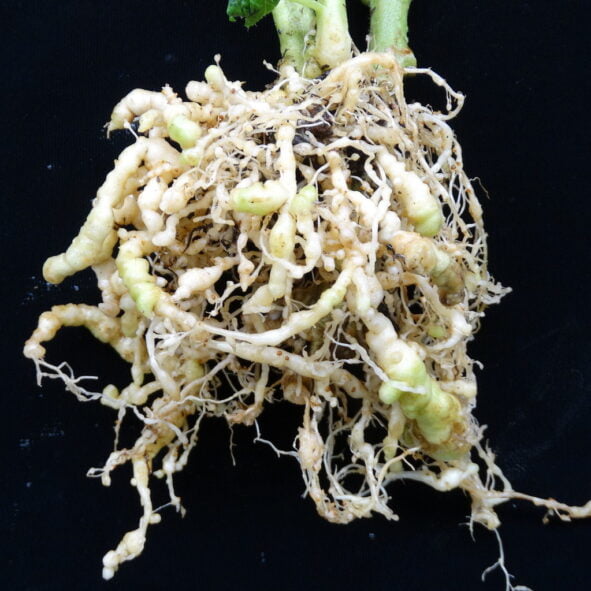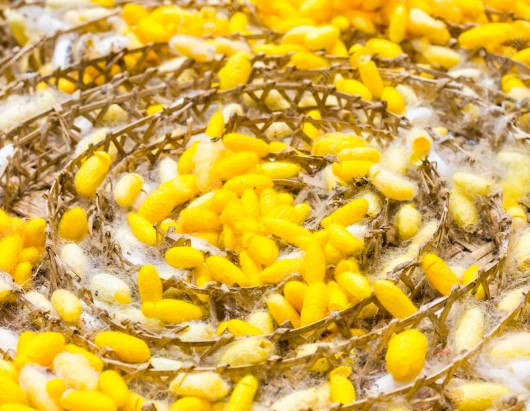Lac Cultivation status: Lac cultivation is the practice of growing and harvesting the resinous substance called lac, which is used for various purposes such as making shellac, a natural resin widely used in the production of varnishes, coatings, and polishes.
Status of Lac cultivation
India is the top most lac producer country throughout the world. The production of lac in the form of raw lac, with an annual production of over 20,000 tons (Ogle, 2006). About 80% of the world’s total production of lac is in India, and 75% of it is exported to a near about hundred countries, in the form of semi-processed and processed lac. After India, second largest lac producer country is the Thailand. Along with these country, lac is also produced in China, Indonesia, Philippines, Myanmar, Vietnam, and Cambodia etc. In India, mostly lac production are restricted to the Chhota Nagpur region of Jharkhand state, Madhya Pradesh, West Bengal, Orissa, Uttar Pradesh, Chhattisgarh, Maharashtra and other states. Among the production of lac first state are the Jharkhand to be followed by Chhattisgarh, Madhya Pradesh, Maharashtra, Odisha etc. and the Contribution of these five states in national lac production is about 53%, 17%, 12%, 8% and 3%, respectively. These states are majorly lac producing states and contribute around 93% of the national lac production (Yogi, 2015).
Lac is a type of natural resin that is formed as a result of the secretion by the female Indian lac insect, K. lacca (Kerr). It belongs to the Kerridae family, consisting of nine genera, while the number of species reported vary from 87 to 100 or more species (Sharma and Ramani, 2010). there are two genera’s are found in India, while genus Kerria is the most important and widely distributed insect for the lac cultivation in India. Lac insect is a soft-bodied, round in structure and tiny creature, which has completed its life cycle in four stages viz., egg, larva, pupa and adult, on host plants within six months. The adult male lac insect lives for a very short duration, such as 3-4 days, while the female lac insects live longer duration. During the life cycle, the insect sucks the sap juices of trees, branches through its mouth, and the female lac insect secretes the lac around the branches of host plants by which stick lac obtained, thus, it plays a major role in the production of lac (Ogle, 2006).
Plan for Lac Cultivation
With the increasing number or demand of lac industries in India, some advanced plans have been recommended for the enhancement of the cultivation of lac crops. Generally there are two types of planning used in recent days. ‘Lac Cultivation’
1. Ceupe system
All the trees of host plants of a restricted area are not used under continuous cultivations process of lac crop because if all host plants of a farm would be under continuous attack of lac insects, 100% plants may not get any rest and thus the production of the lac would be affected due to deficiency of nutritive cell sap to the swarmed nymphs and adults. So, the plants of a farm are numbered into 5 groups of plants. The artificial division or marking of trees is called a ceupe system of crop cultivation. In this system when one group of host plants is under the process of cultivation of lac, other groups of host plants would be under rest.
2. Alternation of plants
In this system, the variety of host plant is changed after one crop. So, swarmed nymphs are inoculated on the tree of other varieties of host plant. In this way every host plant can get enough rest resulting in better production of lac. ‘Lac Cultivation’
References
Ogle, A., Thomas, M. and Tiwari, L. M. (2006). Strategic development of lac in Madhya Pradesh. Final Report, Department for International Development (DFID), MPRLPTCPSU, India, June2006, pp: 1-34
Sharma K.K. and Ramani R. (2010). Recent advances in lac culture. IINRG, Ranchi, 1-391 pp.
Yogi R.K., Bhattacharya A., Jaisawal A.K. and Kumar A. (2015). Lac, Plant Resins and Gum Statistics 2014: At a glance, Bulletin no. 07/2015, ICAR-IINRG Ranchi, 1-68pp.

